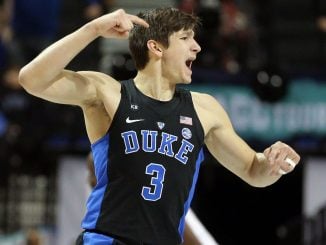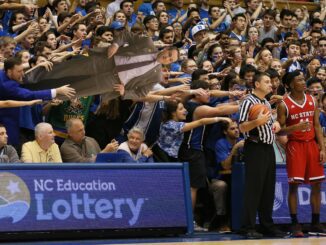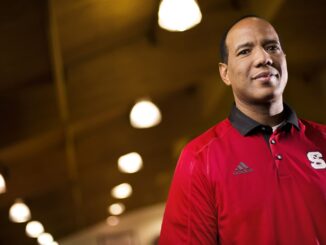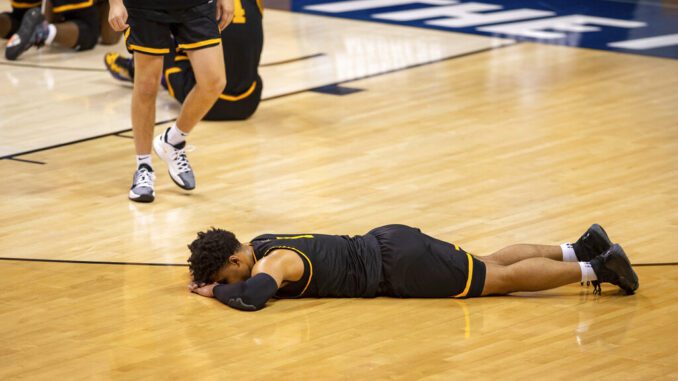
The phrase “one-and-done” usually refers to the NBA Draft in the state of North Carolina, not NCAA Tournament runs. This year, however, the state’s representatives didn’t make it past their first 40 minutes in Indiana as March Madness rid itself of the Old North State early on in 2021.
The state only sent three teams to the Big Dance, which was an early red flag for North Carolina’s postseason hopes.
After averaging 4.6 bids in each of the last eight tournaments, the three N.C. teams in the tournament were the fewest since 2011, and that year, the trio included a No. 1 seed (Duke) and No. 2 (UNC). All three representatives posted a win in that tournament, with two teams reaching the Sweet 16 and one making it to the Elite Eight.
The state sent just two teams in 2010, but Duke was a top seed and Wake Forest a four, with both teams winning a game and Duke cutting down the nets.
In 2009, the three teams were seeded 1, 2 and 4, with North Carolina taking the title.
The three 2008 teams included a No. 1 and No. 2 seed, a Final Four appearance and a Cinderella run to the Elite Eight for Davidson. In 2007, the three teams included a No. 1 seed and an Elite Eight team.
The team sent three or fewer in 1999, 1990, 1989, 1983 and 1981 as well, but produced Final Four teams each year and a national champion.
This year, the highest-seeded team from the state was No. 8 North Carolina. This is the first time since the tournament began seeding teams in 1979 that the state hasn’t produced a top-four seed and just the fifth time it hasn’t seen a team seeded 1 or 2.
Then the games began.
Appalachian State lost in the First Four, falling behind by 19 in the first half before rallying to take the lead, only to lose when a potential buzzer-beater was off the mark.
UNC was overwhelmed by Wisconsin in a first-round blowout, and UNC Greensboro was game against No. 4 seed Florida State, hanging around until late in the second half before falling.
That left the state 0-3 in the Big Dance, the first time since 1979 — when No. 2 seed Duke, No. 1 seed UNC and No. 6 App State all lost their first game — that North Carolina didn’t bring home a tournament win.
There have been 66 Sweet 16 teams and 26 Final Four teams from North Carolina since then, and 2021 marks just the second time over that span that the state didn’t send a team to the Sweet 16. The previous time was 2014 when four teams went 2-4 in the first weekend.
In 1979, the tournament had 40 teams, and all three teams from the state were given byes into the second round. This year’s performance marked the first time North Carolina didn’t even have a team make round two since 1976, when the state’s lone representative, UNC, was bounced in the first round by Alabama.
Does a historically bad March signal the end of Tobacco Road for North Carolina’s NCAA Tournament dominance? Or is this just an outlier — a rare down year for everyone inside the borders? After all, each of the previous lows was immediately followed by a return to the elite for the state’s teams.
After the 1976 shutout, UNC made the Final Four in 1977 and Duke in 1978. After 1979’s Black Friday, the state would have three Final Fours and two national titles in the next four years. The other time N.C. didn’t have a Sweet 16 team, 2014, Duke and Carolina followed with three Final Fours and two titles in the next three years.
App State certainly shows promise. The team will likely lose a pair of senior contributors, but it returns a solid nucleus, as well as Dustin Kerns, who is rapidly becoming known as one of the top young coaches in the sport and a rising star.
Another rising coaching star, Wes Miller, has developed a near perennial tournament team at UNC Greensboro. He should be back, causing damage in the tournament for years to come.
Still, dominating one-bid leagues is not the same as entering the year with the Final Four as a realistic goal. That’s the bar that Carolina and Duke have set, with NC State and Wake meeting it in their peak seasons.
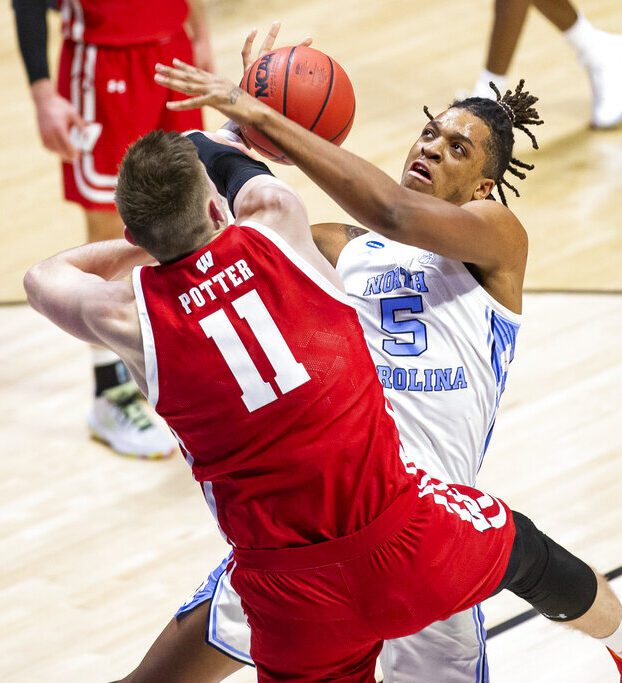
The Tar Heels had six true freshmen and a redshirt on this year’s roster, which was a primary reason the team struggled throughout the season. As the team licked its wounds following the Wisconsin loss, players and coaches remarked on a bright future as those young players develop.
However, two days into the offseason, 7-foot freshman Walker Kessler has already transferred, and there are rumors of more Tar Heels to follow. That doesn’t include the group of underclassmen expected to test NBA waters, including Armando Bacot and Day’Ron Sharpe. It’s easy to envision a scenario where the Heels are without all four big men that contributed this year and the half-dozen freshmen return just one or two.
Duke, which had six freshmen of its own, is in a similar spot after missing this year’s tournament for the first time in a quarter-century. One of those freshmen, Jalen Johnson, didn’t last the year, and the Blue Devils are used to a mass exodus of one-and-dones following each season. DJ Steward and 7-footer Mark Williams are the best bets to test the draft waters.
With transfer restrictions loosened and everyone holding an extra year of eligibility, this offseason could be the most wide-open we’ve seen. Blue Devils coach Mike Krzyzewski predicted it would be like “the Wild West.”
All of which could mean we’ll see even more instability in the North State.

